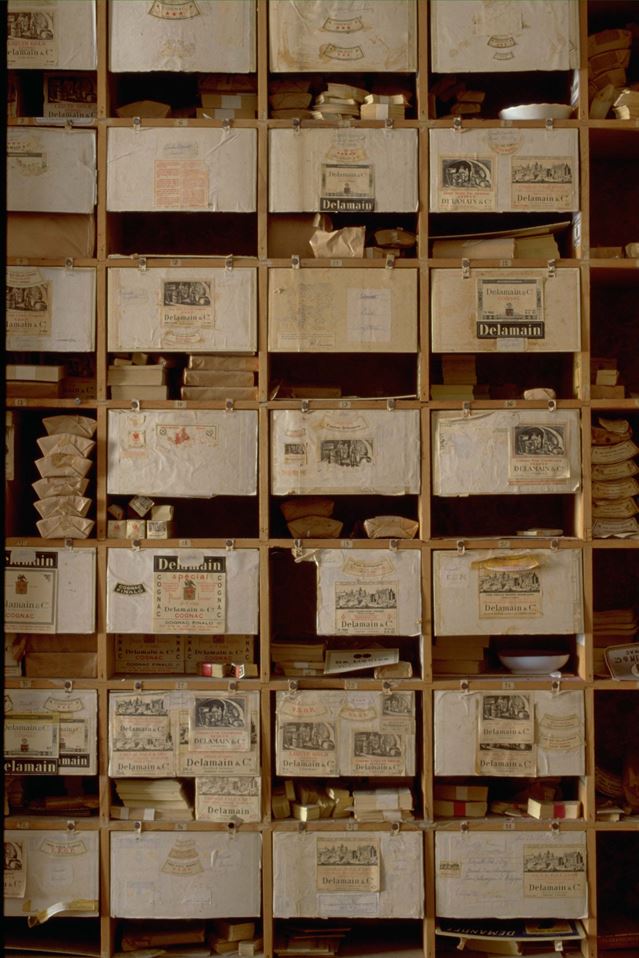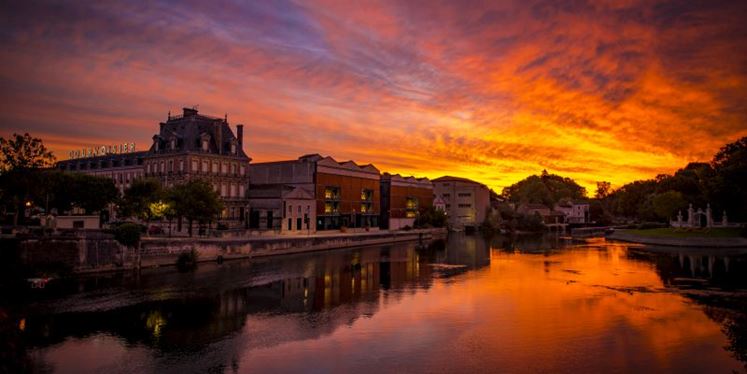
Cognac’s origins lie in the 16th century with the arrival in France of the Dutch. They bought plenty of French wine but struggled to keep their wine drinkable during its journey home, and thus began distilling it into eau-de-vie. The product, brandewijn (‘burnt wine’) came to be known as ‘brandy’, and wine merchants began double distilling their eau-de-vie, as distilling it to a higher strength saved precious space when transporting it on ships.
The 18th century saw the formation of today’s famous Cognac houses, with Martell first in 1715, founded by Jean Martell from Jersey, with Rémy Martin following a decade later. By this time, Cognac houses were already buying brandies from grape growers and farmers, as opposed to making everything themselves from scratch. This is still the case in Cognac, with companies buying in grapes and eaux-de vie, provided it meets their strict standards.
Cognac was becoming very popular in the UK, but due to high taxes on brandies, smuggling was rife – indeed, it was even claimed that the biggest importers of French goods were the smugglers themselves. Technological advances in the 19th century saw Cognac shipped in bottles as opposed to barrels; the era also saw companies being able to trademark their products, allowing customers to see the provenance of the Cognac, rather than just the merchant who had brought it into the country.
Disaster would strike in the 1870s due to an outbreak of phylloxera, an aphid that attacks vine roots, killing the entire plant in the process. Although a solution was found – the vines were grafted on to American rootstocks which were impervious to phylloxera, but the damage was done. The area under vine in the Cognac region fell from 280,000 hectares in the mid-1870s to just over 40,000ha two decades later.
The 20th century saw the introduction of the six traditional Cognac growing regions defined and protected by law, as well as the gradual switch from the Folle Blanche variety to the more phylloxera-resistant Ugni Blanc, which is now the standard grape variety used across the industry. The Prohibition years also saw a number of Cognac cocktails pushed into the limelight, such as the Sidecar, Corpse Reviver and Vieux Carré.
Post-World War II, although many Americans turned to Scotch whisky at Cognac’s expense, the industry ticked over very nicely, particularly in the now-burgeoning travel retail sector, but the last two decades of the 20th century saw a real rollercoaster ride. Sales in Japan rocketed, those in Europe slumped, then 2001 saw an explosion of sales in the US, thanks to namechecking in songs by various hip-hop stars, started by Busta Rhymes’ Pass The Courvoisier.
Today, Cognac has managed to keep its luxury status but has embraced more modern ways of consuming it, be that in cocktails or mixed with tonic or ginger ale. Cognac’s biggest names are up there with some of the most iconic brands across the globe, but the one remaining conundrum for the houses is how to persuade the French themselves to drink Cognac – whisky outsells it by a huge margin, with Cognac still suffering from a rather old-fashioned image. Cognac producers must solve this puzzle if the French are to embrace fully a product that is truly one of their own.

